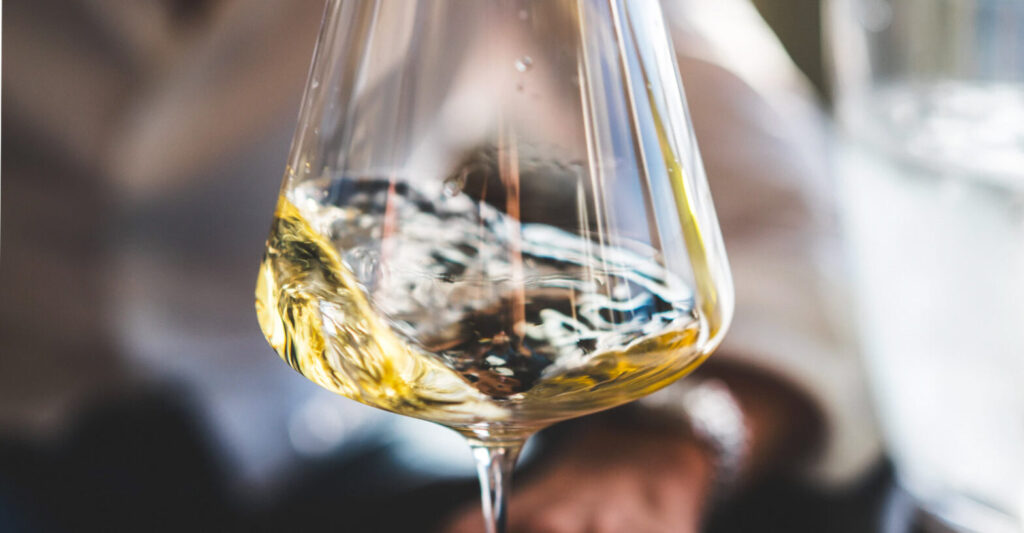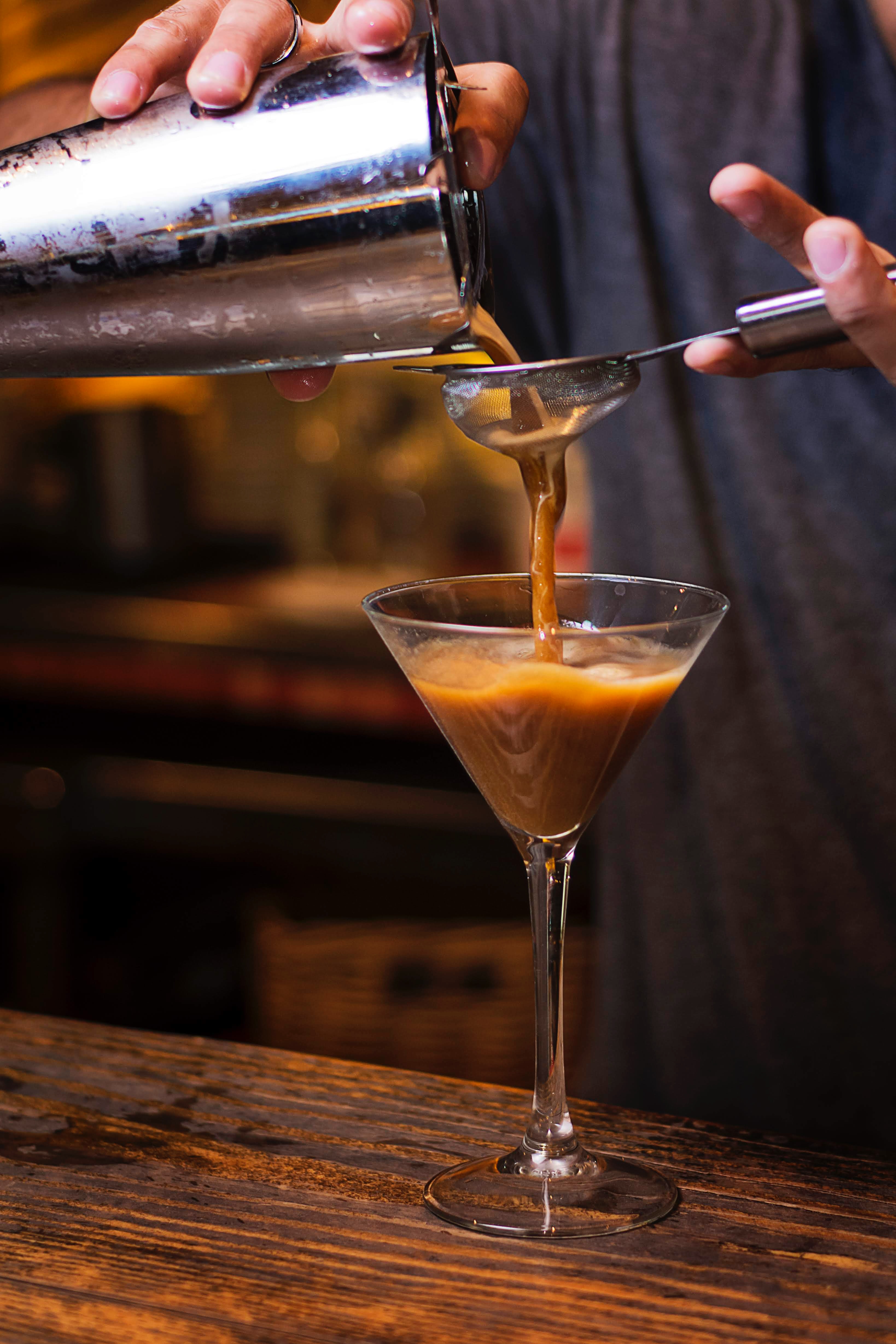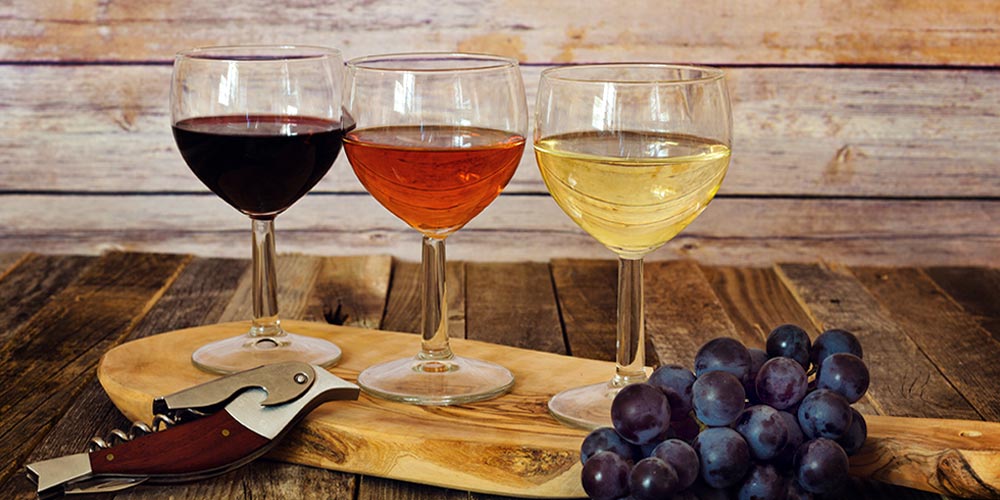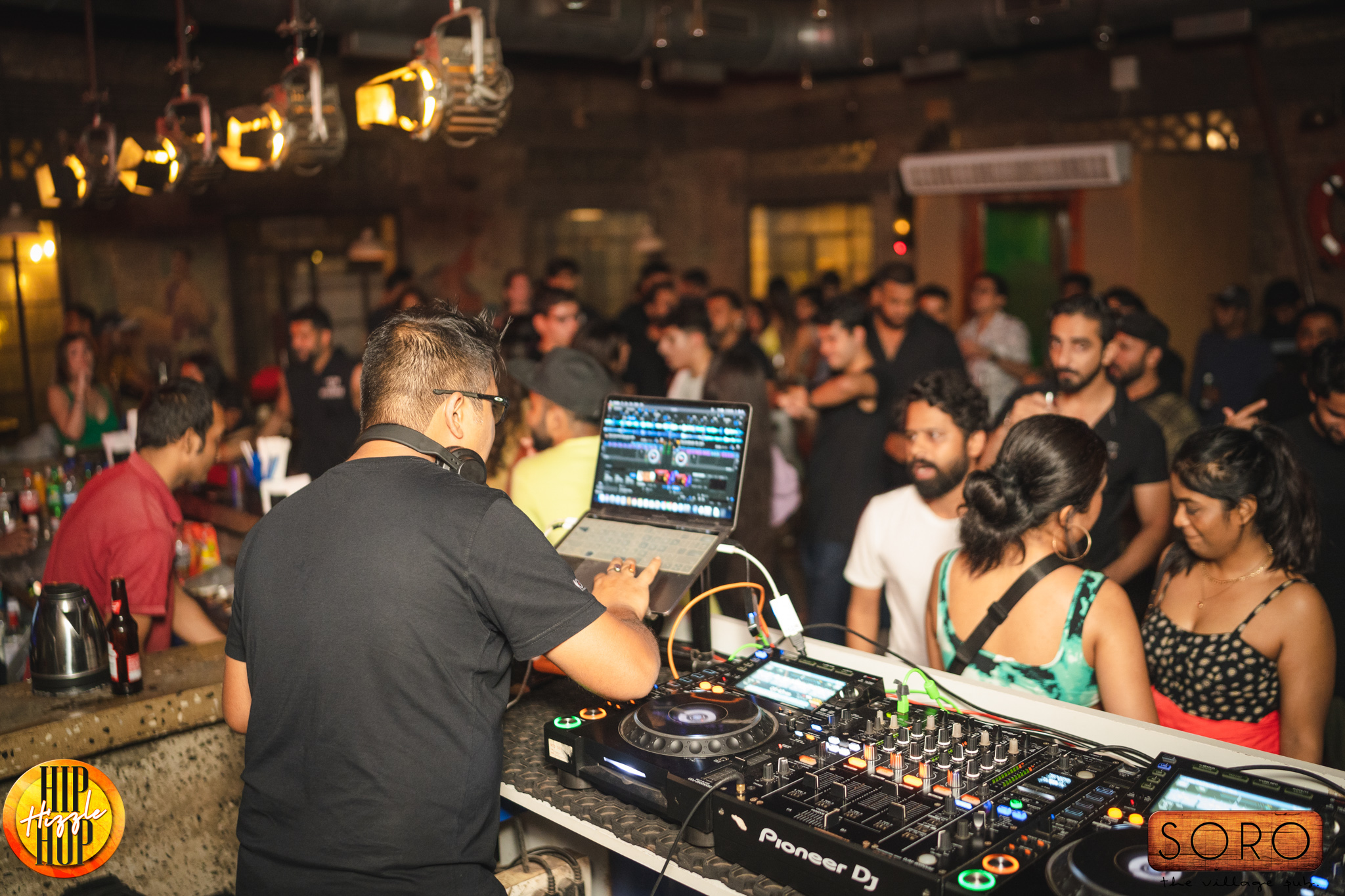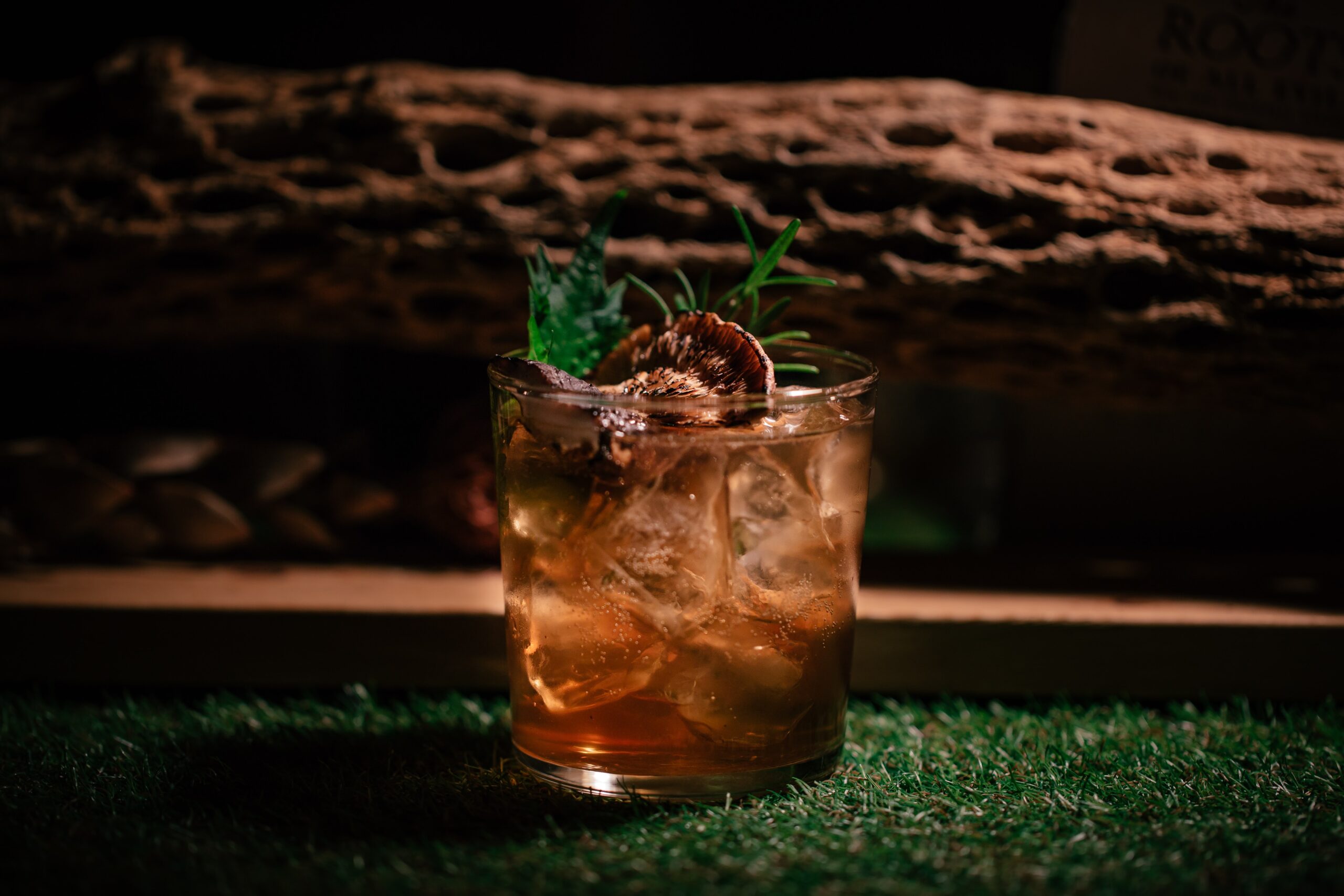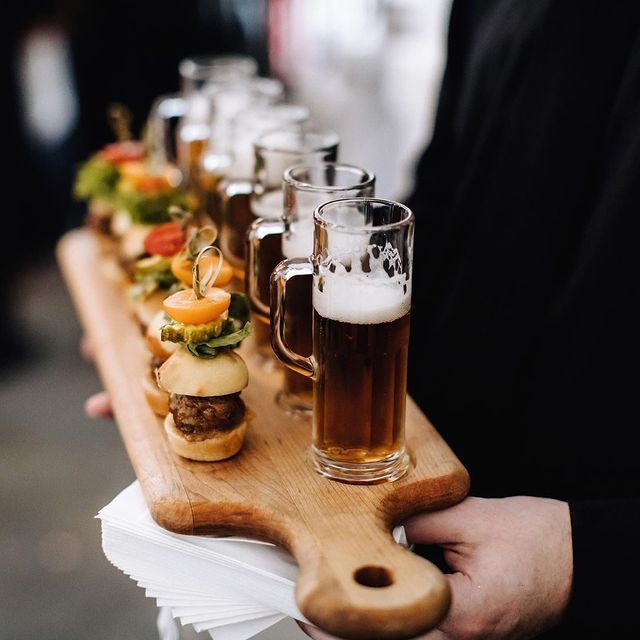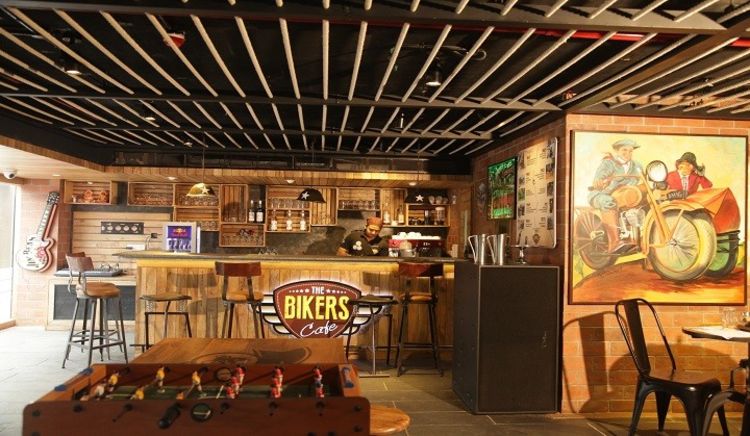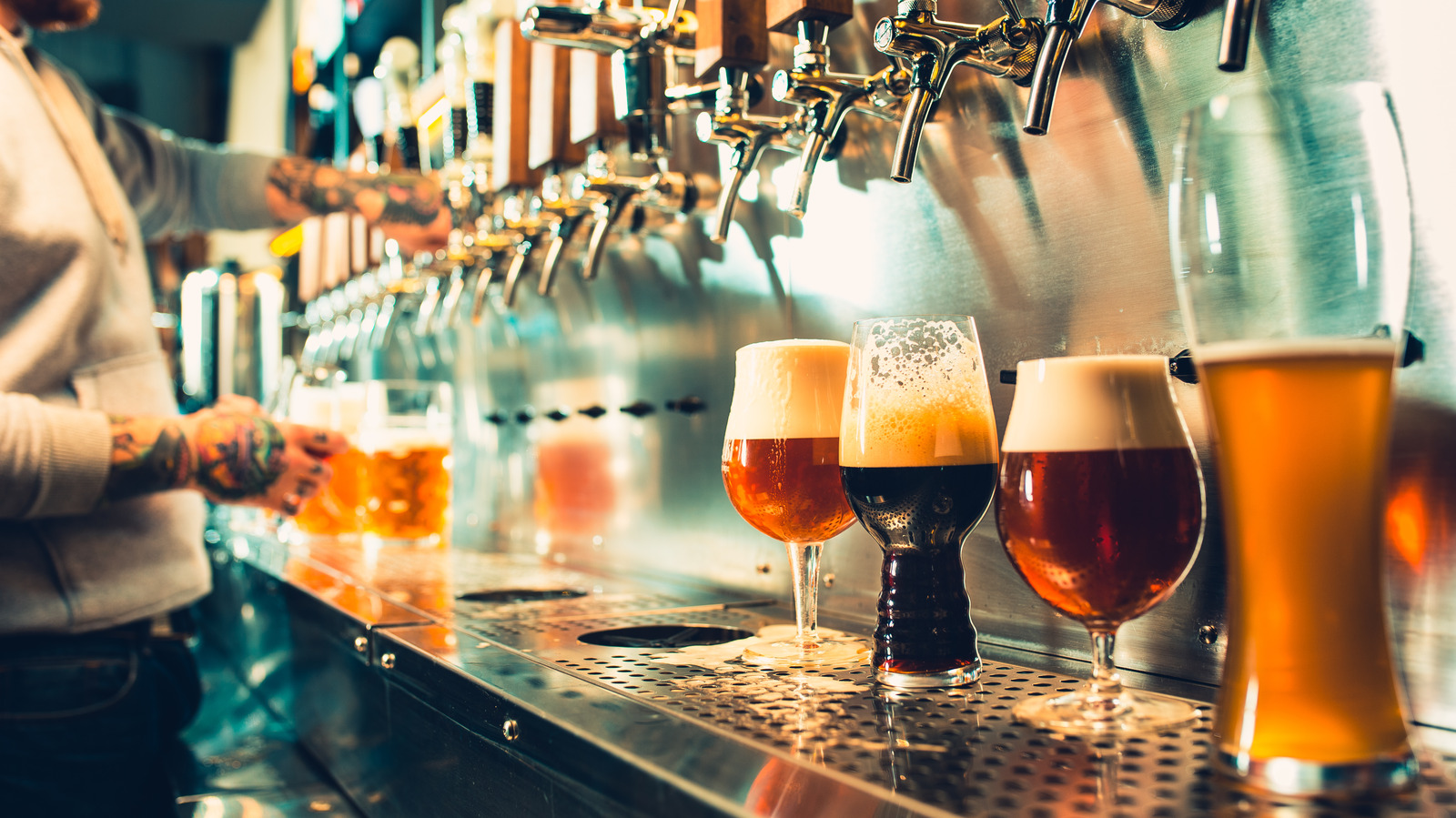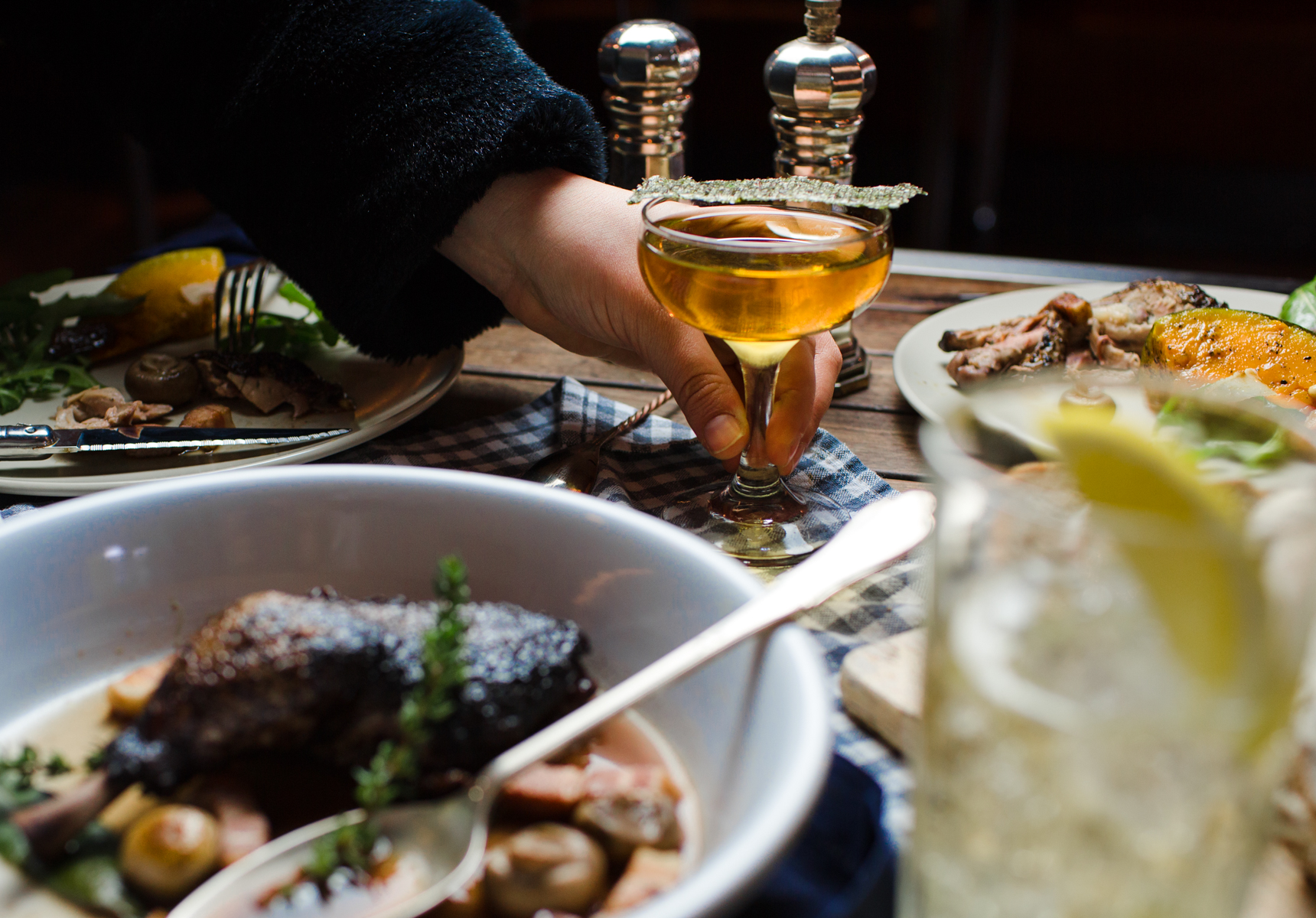For as long as we can remember, a good glass of Chardonnay has been the favorite of novices and experts alike. It’s familiar, easily available, the flavors are generally liked, and you can easily find a good bottle for under a thousand rupees. However, you might find that certain Chardonnays taste much richer compared to others.
This is because of one factor that makes a rather massive difference in the way it tastes and feels: the way it is stored while fermenting. We’re talking about the differences between oaked and unoaked chardonnays. But, before we get into the technicalities and nuances of the wine, let’s read up a little about its history.
History Of Chardonnay

If we’re to start at the very beginning, the story of Chardonnay goes back a few centuries, to the Maconnais village in the Burgundy region of France. There was a group of monks who planted the grape there in the 14th century and experimented with it in multiple ways (Geez, people. Get your mind out of the gutter).
However, it wasn’t until the 18th century that wine became popular all across the globe. In 1882, the first seed of the Chardonnay grapes was planted and documented in California. While wine was becoming increasingly popular in the USA, Prohibition and the Great Depression stunted its growth to fame for rather obvious reasons.
Then, about half a century later, Chardonnay found its well-deserved fame in the late 1980s. In fact, it became so popular that this particular style of wine also had a movement against it to ask for variety! The ABC, or Anything But Chardonnay, are a passionate group of people that protested this style of wine because they were so bored and wanted new wines in the market. Regardless of everything, it never went out of style. Even today, the multiple types of Chardonnay manage to fly off of store shelves in no time.
Now that you know what a long-held legend you will be relishing next Friday, let’s take a look at the different types of Chardonnay.
Also Read: Everything You Need To Know About Sparkling Wine
Oaked Vs. Unoaked Chardonnay
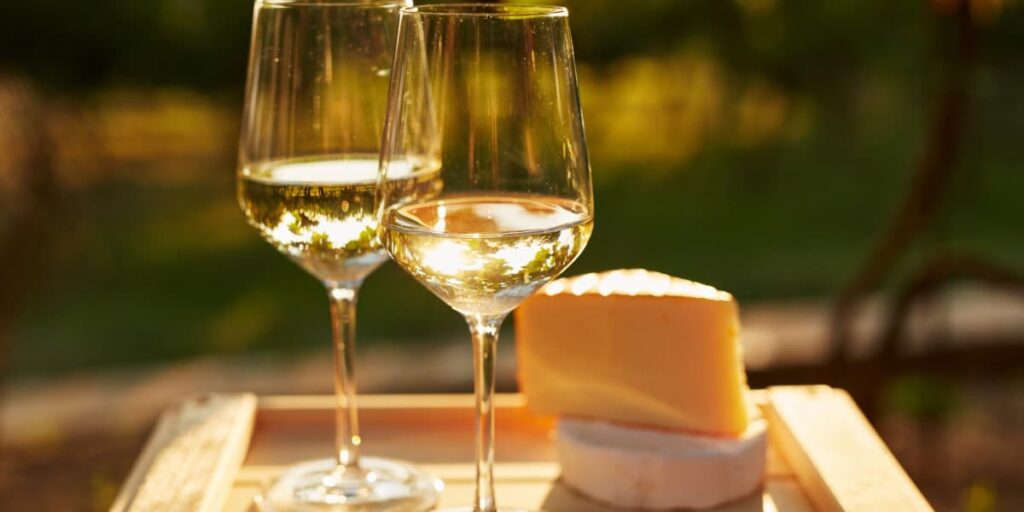
Whether a bottle of Chardonnay is oaked or not makes the biggest difference to this wine, and it all happens right when the wine is being produced. As the name suggests, an oaked Chardonnay is stored in brand-new oak barrels while it ferments, while an unoaked Chardonnay is stored in stainless steel or neutral oak barrels.
The difference between a brand-new and a neutral oak barrel is the fact that the new oak barrels still contain a lot of volatile agents in the wood. These agents ferment with the wine in a process called malolactic fermentation. It reduces the wine’s acidity and gives it a rich, buttery texture. An oaked Chardonnay also carries heavier flavors like that of vanilla, caramel, or coconut. Moreover, the richer oaked Chardonnays also have smoky flavors added for an extra punch.
On the other hand, an unoaked Chardonnay is depleted of the volatile agents of brand-new oak, skipping the entire process of absorbing flavors from an external source. This translates into a fruitier, dry wine that one might find similar to the general taste and texture of white wines. Relative to oaked Chardonnay, this wine is lighter to drink and carries more fruit-forward flavors like that of green apple or citrus.
In the more ‘modern’ Chardonnays, winemakers sometimes start the fermentation process in a new oak barrel, but move it to a neutral, or steel barrel before it completely ferments. This allows the winemaker to produce a wine that balances the attributes of both, giving you the best of both worlds.
Also Read: A Beginner’s Guide To Eight Popular Wine Grapes
How To Identify Oaked Chardonnay Vs. Unoaked Chardonnay
The thing is, these two wines are so different in taste and texture that the only thing they do actually share is the grape they’re produced with. The flavors and smells of both end-products are distinct enough that you will realize immediately what it is that you are drinking. For example, a darker, heavier Chardonnay will be oaked, while a fruity and dry Chardonnay is an unoaked one. However, how do you figure out the nature of your drink before interacting with it?
In order to understand exactly what type of Chardonnay you are looking at, you will need to learn a little bit of its language. For example, an unoaked Chardonnay will often be described as a bright, crisp, fruity, or even refreshing drink. On the other hand, if the wine is described as creamy, or containing notes of caramel, vanilla, or butter, you’re looking at an oaked wine.
Also Read: Five Best Gifts For Wine Lovers
Which Chardonnay Tastes Better?

The sheer difference between the two wines makes the idea of ‘better’ purely subjective. However, what food you pair your drink with will definitely have an impact on how you experience it. Consider pairing your Chardonnay with food of opposing flavor profiles. For example, the rich and complex oaked Chardonnays should ideally be paired with foods that don’t carry overpowering flavors. So, a plate of seared scallops, or any simple seafood would complement this wine well.
On the other hand, the drier and fruitier unoaked Chardonnay demands you to have food that will help you cut the flavors a little bit. Something like grilled chicken, cheesy pasta, or even a charcuterie board with cured meats and olives would befriend a bottle of unoaked Chardonnay very well.
Also Read: Seven White Wines In India To Try Right Now
Summing Up
Chardonnay is a wine that has made its place in hearts across the world. If it isn’t the variety of flavors it offers, it’s the history of this wine that people enjoy so much. We’re sure that after a few experimental rounds, you will find a Chardonnay that’ll steal your heart as well. So, albeit responsibly, take on this tasteful adventure. Cheers!
FAQs
Is Oaked Chardonnay Better Than Unoaked?
An oaked Chardonnay tastes a little bit like a Sauvignon Blanc, while an unoaked Chardonnay tastes similar to Pinot Noir. Given the difference in tastes, the idea of a ‘better’ wine becomes subjective. As a solution, we recommend trying both of them!
How Can You Tell If A Chardonnay Is Unoaked?
An unoaked bottle of Chardonnay is often described as crisp, floral, or fruity. Any Chardonnay that claims to have fresher notes of fruits like apples or lemons is an example of an unoaked Chardonnay.
Is Oaked Wine More Expensive?
Yes. An oaked wine is considerably more expensive than an unoaked one because it requires the use of a new oak barrel. It’s an expensive product in itself and raises the price of the wine by a few notches.
What Is The Difference Between Chablis And Chardonnay?
The biggest difference between a Chablis and a Chardonnay is that a Chablis is not oak-aged, giving it a drier and as some would argue, a ‘purer’ flavor profile.
Why Is It Called A Chardonnay?
This particular wine takes its name from the Chardonnay grapes that were found in the Maccanois village of the Burgundy region of France.
Does Chardonnay Expire?
Yes. On average, a bottle of Chardonnay has a shelf life of 2-3 years, with the more premium ones lasting for about 4-7 years. However, if your bottle of Chardonnay is unoaked, we recommend you drink it young in order to experience it at the height of its taste.
What Age Chardonnay Is The Best?
Chardonnays aged between three to five years are generally considered to be at their best age.
Why Is Chardonnay So Cheap?
Amongst the world of wines, this wine is considered an adaptive and low-maintenance wine that adapts to a variety of climates and other environmental factors very well. Hence, it is often produced and sold for a relatively low price.
